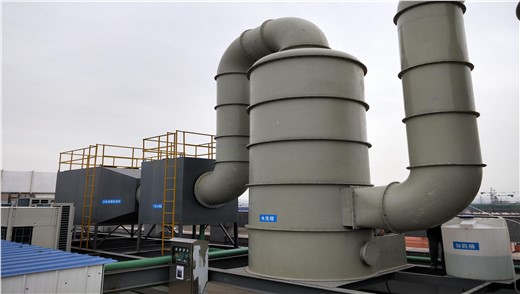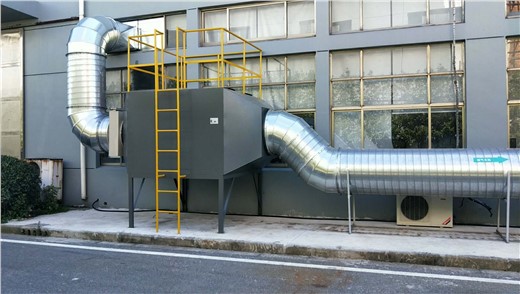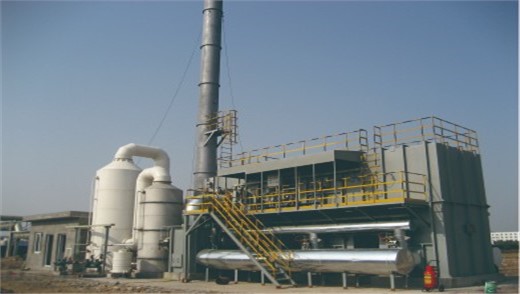首页 FAQS

-
Comprehensive Analysis of Acidic Waste Gas Treatment Technologies
Comprehensive Analysis of Acidic Waste Gas Treatment TechnologiesAuthor Professional CredentialsRegistered Environmental Engineer (Atmospheric)Professor-level Senior EngineerNational Environmental Protection Technical Assessment ExpertLed 3
May 27, 2024 2
2

-
Industrial Catalytic Combustion Equipment Operation Optimization
As an environmental protection equipment engineer with 15 years of practical experience in industrial waste gas treatment, I specialize in the design, installation, and maintenance of catalytic combustion systems. Through serving over 200 chemical, petroleum, and coating enterprises, I have developed a systematic optimization approach for catalytic combustion equipment operations.
May 27, 2024 7
7

-
Common Methods for Styrene Waste Gas Treatment
Industries have adopted several technologies to mitigate styrene emissions based on emission volume, concentration, and operational feasibility.
May 27, 2024 6
6

-
Eco-Friendly Technologies for Paint Booth Exhaust Gas Treatment: An Innovative Perspective
As environmental regulations tighten and global awareness of air pollution increases, the treatment of exhaust gases from paint booths has become a pressing issue in the field of industrial air purification. Paint spraying processes, especially in automotive, furniture, and metal industries, emit high levels of volatile organic compounds (VOCs), which pose serious risks to both the environment and human health. This article explores the most effective VOC treatment technologies for spray painting lines and presents forward-looking strategies that emphasize integration, intelligence, and sustainability.
May 27, 2024 8
8

-
Unveiling the Multiple Advantages of FRP Scrubber Towers in Industrial Air Pollution Control
In the modern industrial landscape, air pollution control is not only an environmental imperative but also a regulatory requirement and a corporate responsibility. Among the various exhaust gas treatment technologies, FRP scrubber towers—also known as Fiberglass Reinforced Plastic scrubbers—stand out due to their remarkable advantages in performance, durability, and sustainability. This article explores the key benefits of FRP scrubber towers and how they contribute to effective air purification across various industrial sectors.
May 27, 2024 2
2

-
Which Industries Benefit Most from Catalytic Combustion Systems?
In today’s industrial landscape, environmental protection is no longer optional—it's a regulatory necessity and a corporate responsibility. One of the most pressing issues is how to manage and treat volatile organic compounds (VOCs) and other harmful gases produced during manufacturing processes. Among the many available technologies, catalytic combustion systems have emerged as a highly efficient and eco-friendly solution. But which industries can benefit most from catalytic combustion systems? Below, we explore the key sectors where this technology proves particularly valuable.
May 27, 2024 4
4

